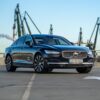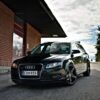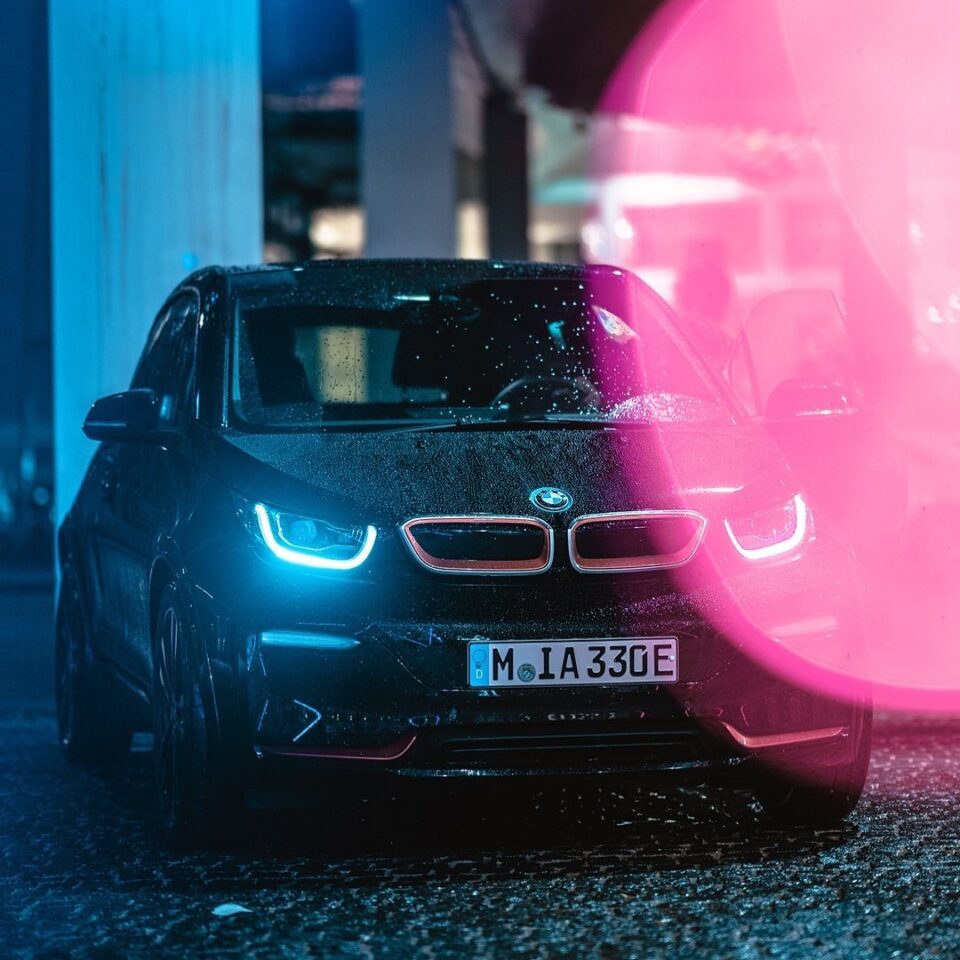
Quick information
🏎️ BMW i3 facelift 2017
📍 Germany
🛠️ 27.2kWh electric 250NM 170HP
💨 7,3 seconds
🔝 150km/h
💶 No longer on sale
What is it?
Introduced in 2013, the i3 is BMW’s first all-electric mass-produced car. It is the result of decades of experimentation in the world of concept cars, but it proved to be an immature product in the first years in which it was sold: the transgressive design was not liked, the autonomy was scarce and the price exorbitant (around 45.000$/€). The situation improved, but not radically, with the introduction of a bigger battery option in 2018.
Design
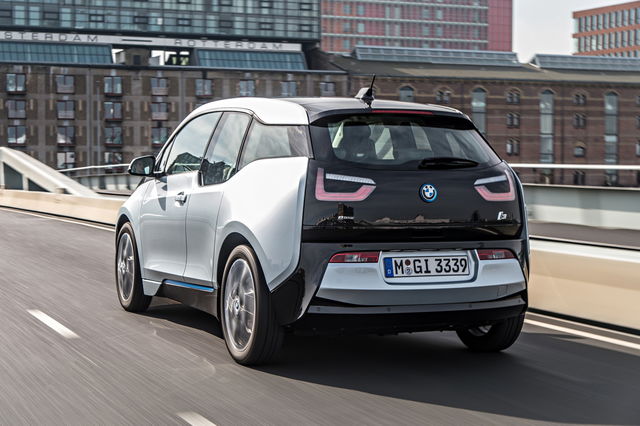
This glitzy electric city car sports a bold design that is totally different from that of all BMWs that went into production at the time of its release. This small vehicle (4,00 x 1,79 meters) is externally characterized by massive lines. It is noted that, for the first time, the typical BMW double front grille is fake, as the passage of air through it is not necessary for an EV. What instead customers generally didn’t like is the presence of a rear almost entirely made of shiny plastic, and that the 260 liters trunk is not equipped with any external handle to be opened easily like every other car. The side doors have a “closet opening” like in a Rolls Royce.
Interior
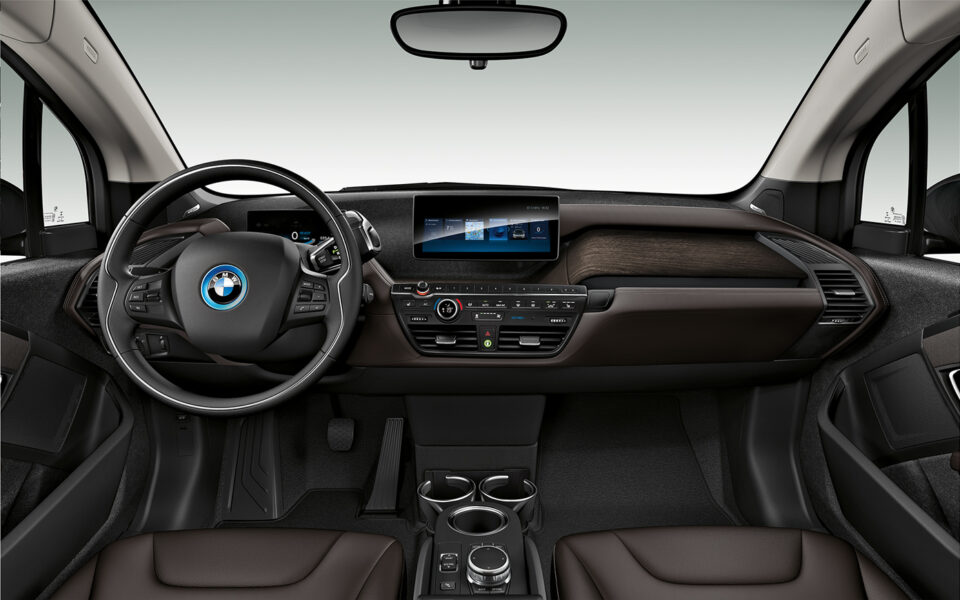
The interior also has a new and elaborate aesthetic in which the cockpit is represented by a small digital screen, as well as the infotainment, which can be easily managed thanks to the well-known “iDrive” wheel.
Mechanics
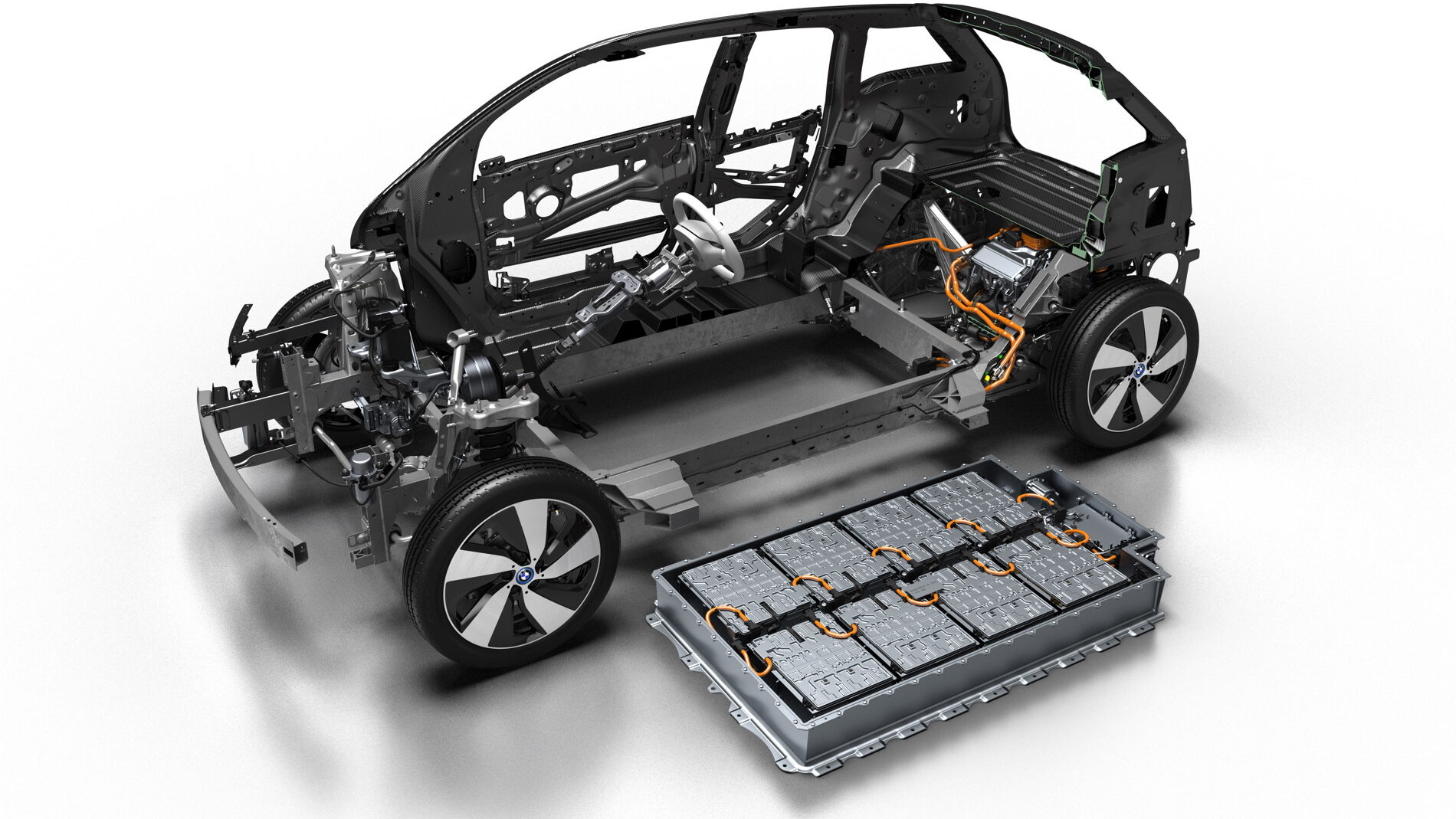
Named “LifeDrive”, the i3’s structure is made of super-light materials (aluminum and carbon fiber) to counteract the high weight of the batteries. The total weight of the car therefore stands at 1200-1300 kilos. The battery pack is attached to the floor of the structure in order to keep the center of gravity as low as possible, but even this was not enough to mitigate the poor handling caused by extravagant portions and poor aerodynamics. Both the pre-facelifted and the 2017 facelift versions have a single 170HP 250NM engine that guarantees 0-100 acceleration in 7,3 seconds and a top speed of 150km/h, as well as just 200km of range, about a quarter of its petrol and diesel rivals. The range can increase up to 300km by adding a small two-cylinder “Range Extender” 0.6 38HP petrol engine designed solely to generate enough energy to recharge the batteries.
Evolution
A “facelift” was introduced in 2017, but on a practical level, it did not involve any change other than the introduction of a new variant to the range: the i3 S, which features an enhanced engine (improving from 170 to 184HP). The i3 S has the same range of autonomy and slightly better performance than the standard model (0-100km / h in 6.9 seconds and top speed of 160km/h).
in 2018 a new 42.2kWh battery pack was introduced, which increases the autonomy range of about 100 km compared to the basic x kWh battery.
The production ended in 2021.
Our vote: ⭐⭐⭐ (3/5)

